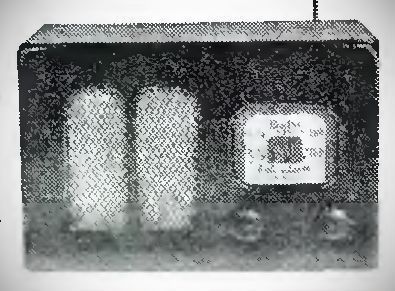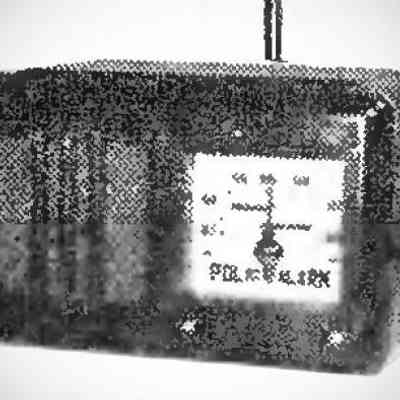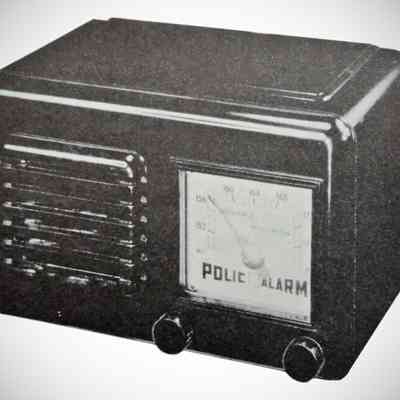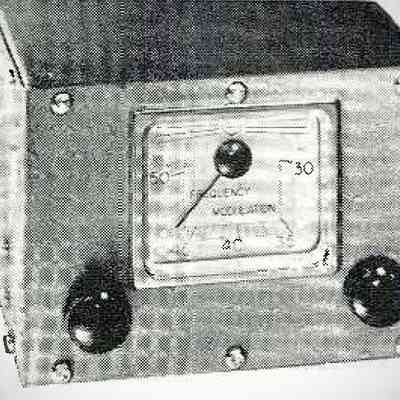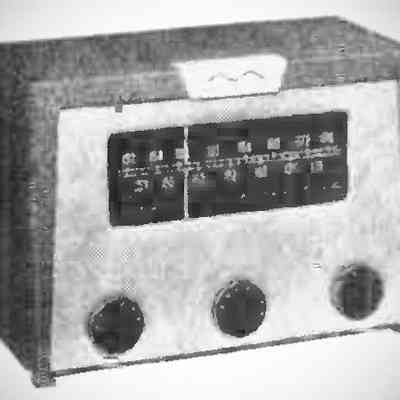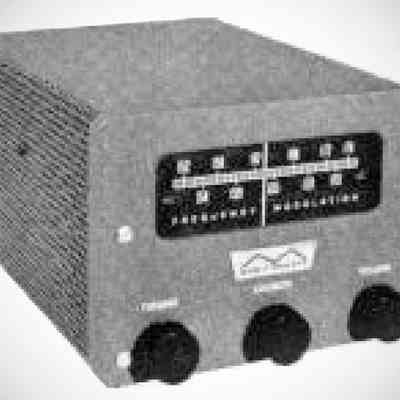Note
Radio News, Jul 1948, p. 157.
Radio News, Feb 1949, p. 105. (PR-7, PR-6L)
Radio News, Nov 1949, p. 86. (PR-30)
Radio News, May 1950, p. 161. (PR-8, PR-31)
Radio News, Oct 1951, p. 114. ("Monitoradio" and associated products)
Radio News, Mar 1953, p. 120. (PR-9)
Popular Electronics, Mar 1956, p. 117. (Minute Man)
Radio News, Nov 1958, p. 151. (M-40, M-160 early)
Radio News, May 1958, p. 24. (M-40, M-160 later, and MC-40, MC-160)
Included here because it appears to be the first VHF FM receiver designed and marketed specifically for the reception of police communications–a popular sub-culture within the amateur community, and one that would quickly spread far beyond it.
The original unit, which had no listed model number, covered the high band (152–162 MHz). By February 1949, this unit had been improved (according to the ad) and was now called the PR-7. A low band (30–44 MHz) model, the PR-6L, was introduced at the same time. These models were characterized by a larger tuning dial and a redesigned speaker grill. These models used 6 tubes.
With the attached antenna, advertising said that the user should be able to hear signals from a 50 watt transmitter as far as 3 miles away.
In November 1949, the low band unit had been redesigned and called the PR-30. The exact changes not stated, but still using 6 tubes.
In May 1950 both the low and high band versions had been further developed. The low band version (now called the PR-31) had expanded coverage to 50 MHz. The high band version (now called the PR-8) retained the frequency coverage the PR-7, and appeared visually unchanged.
In October 1951, Radio Apparatus introduced Monitiradio, a new brand of receivers designed for 6 volt mobile use. These included M-51 low band, and the M-101 high band units. Additionally, the company introduced the RCC-1 fixed frequency receiver, which could be crystalled for a single frequency in the high or low band, and the the AT-1, a tunable AM receiver covering the 108–132 MHz aircraft band.
The high band PR-9 was introduced in March 1953 with expanded frequency coverage from 152–174 MHz. At this point the company dropped the Policalarm brand and went exclusively with Monitoradio. In appearance, the PR-9 is the same as the PR-8.
M-40 and M-160 released in 1958 by Monitoradio, a division of I.D.E.A. Inc.
In May 1959, MC-40 and MC-160 crystal controlled versions.
Type: FM superheterodyne
Sensitivity: 10 µV "or better"
Selectivity: 250 kHz "or better"
IF. 10.7 MHz
Power: 115 volts AC/DC, 28 watts
Tubes: (1) 12AT7, (2) 6BJ6, (1) 19T5, (1) 35B5, (1) 35W4